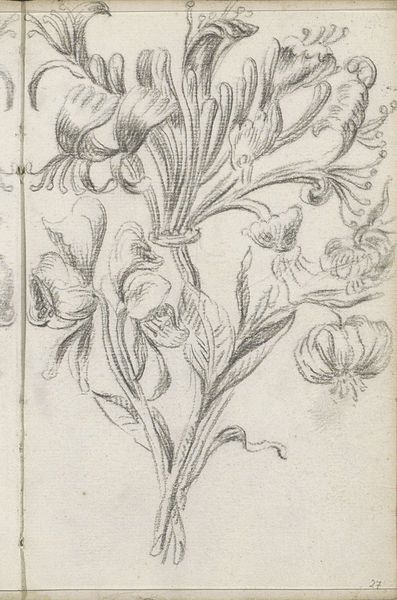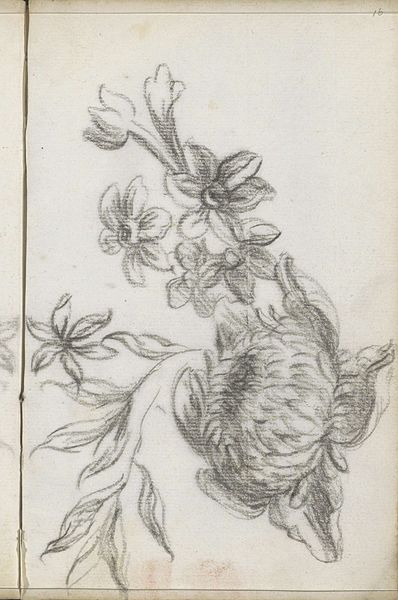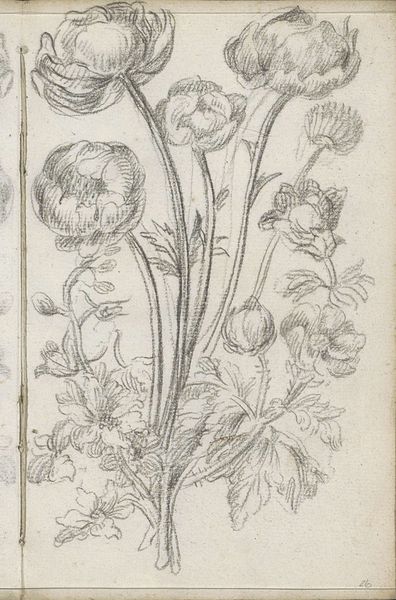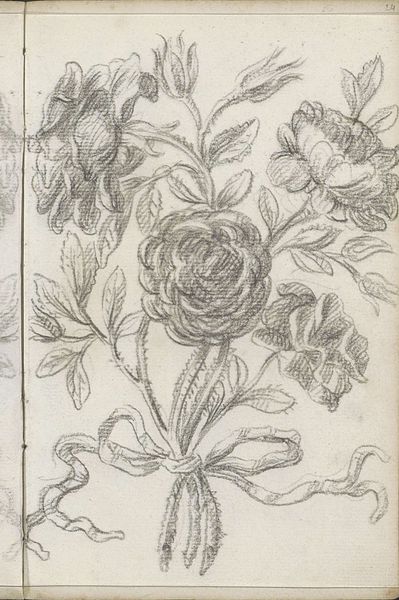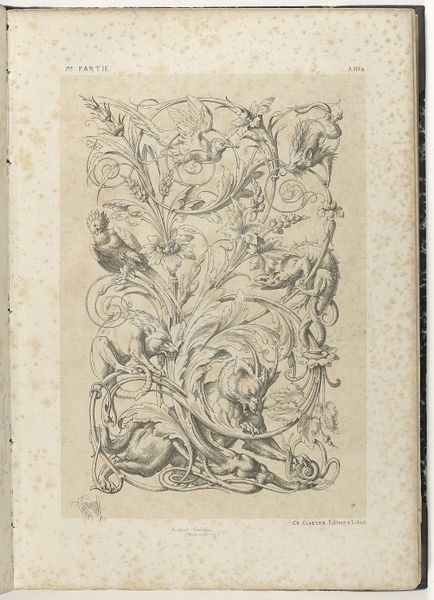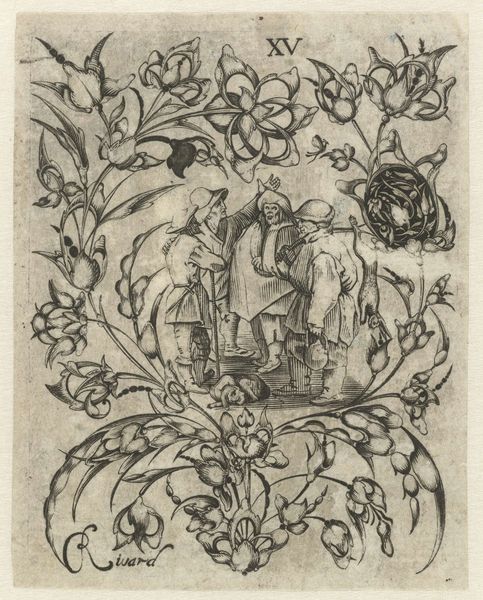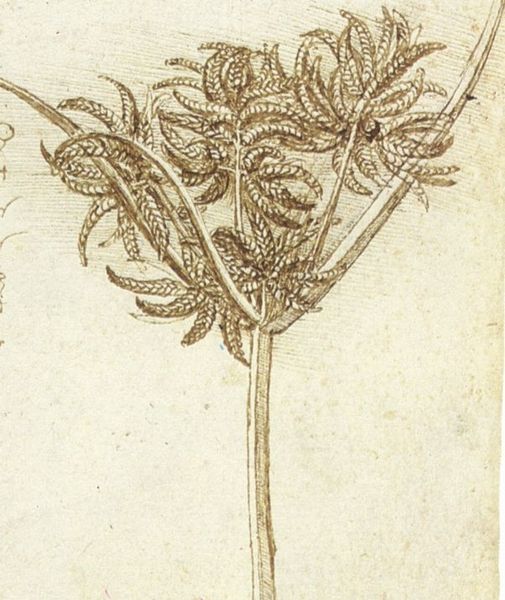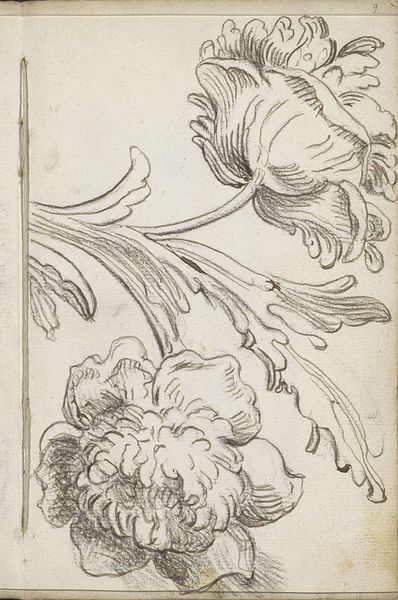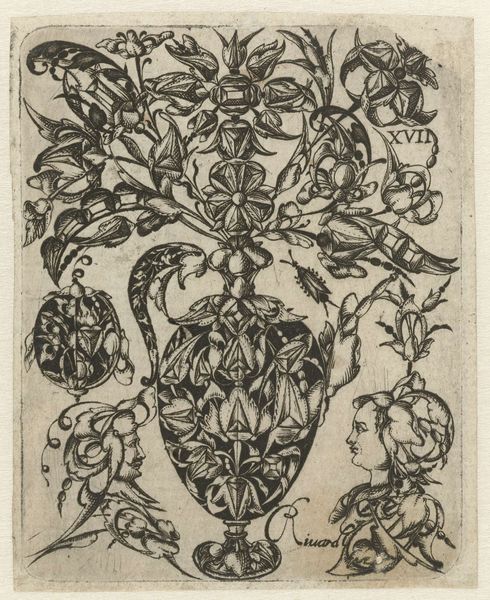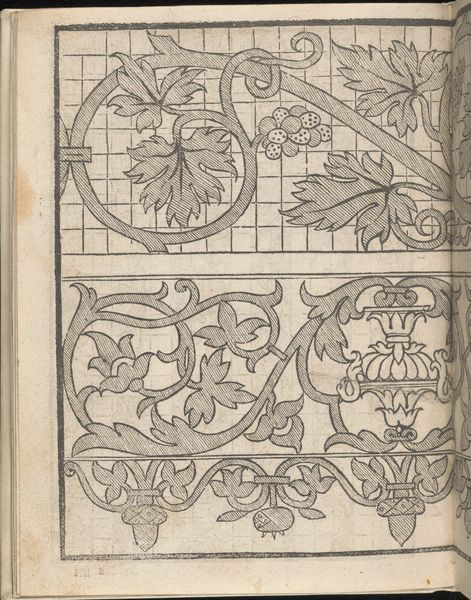
drawing, pencil
#
drawing
#
form
#
pencil
#
line
#
academic-art
#
realism
Copyright: Rijks Museum: Open Domain
Editor: Here we have Petrus Johannes van Reysschoot's "Boeket met bloemen", or "Bouquet of flowers," created sometime between 1710 and 1772, rendered in pencil. There's a delicacy to the linework, almost academic in its precision, but it feels very preliminary. What strikes you when you look at this piece? Curator: It's fascinating to see the artist's hand at work in what appears to be a study. I immediately think of the social context for botanical illustration at this time. These weren't just aesthetic exercises. Botanical accuracy was becoming increasingly vital for scientific and economic reasons, fueling global exploration and trade. Do you see any details that suggest its intended purpose might have been scientific illustration rather than just aesthetic pleasure? Editor: Well, the meticulousness, certainly. The detailed rendering of each petal, even the way the stems are bundled and tied… it all suggests a desire to document. But it still has an artistic sensibility. Curator: Precisely! That tension between scientific observation and artistic expression is key. The formal arrangement hints at an understanding of decorative arts too; how these images might be translated into textiles, ceramics, or other applied arts for consumption in burgeoning markets. Editor: So, it’s not just about the flowers themselves, but how they circulate and are valued in society. Curator: Exactly. Consider the role of institutions at this time. Art academies and scientific societies were emerging. Works like this helped to disseminate knowledge, standardize artistic training, and, ultimately, shape public taste. What do you make of the absence of colour? Does it limit our understanding in any way? Editor: It feels more focused. The line becomes the subject. Though I wonder if the lack of colour might signify that it's purely preparatory. But I see what you mean—this is much more than just a pretty picture. It shows the intersection of art, science and the society in which the artist was working. Curator: Absolutely. Examining the art in its time enables us to ask fresh questions about our present and perhaps reconsider the social function of images today.
Comments
No comments
Be the first to comment and join the conversation on the ultimate creative platform.
